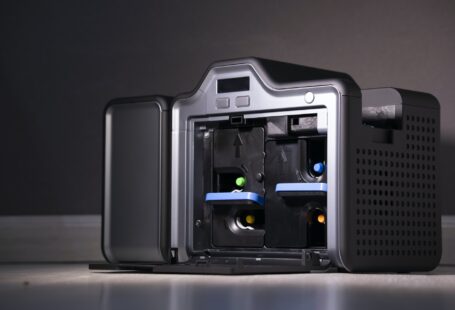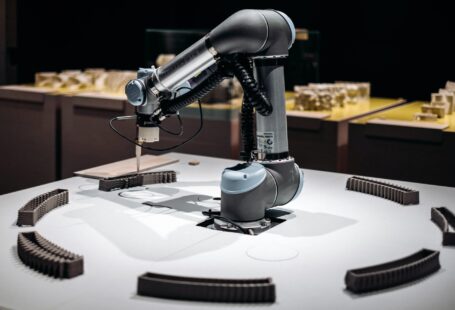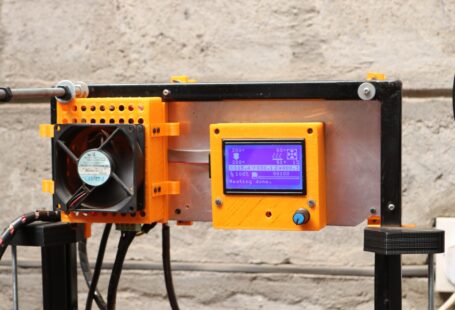Considering the variety of materials available for 3D printing, titanium stands out as one of the most popular choices. The reason for this is that titanium has become a reliable and cost-effective material for 3D printing. From medical implants to aerospace components, titanium 3D printing has revolutionized the manufacturing process and ushered in a new era of advanced material technology.
What is Titanium?
Titanium is a metal alloy composed of titanium, vanadium and aluminum. It is known for its strength and durability, and is used in a variety of industries, from aerospace to medical. Titanium is also very lightweight, making it ideal for 3D printing applications.
Benefits of 3D Printing with Titanium
The benefits of 3D printing with titanium are numerous. First, titanium is a very strong and durable material, making it ideal for applications that require high performance. Second, titanium 3D printing is very cost-effective, as it eliminates the need for expensive tooling, machining, and other processes typically required for metal fabrication. Finally, titanium 3D printing is highly accurate and can produce complex shapes with high precision.
Applications of Titanium 3D Printing
Titanium 3D printing is used in a wide range of applications, from medical implants to aerospace components. In the medical field, titanium is used to make implants, prosthetics, and orthopedic braces. In the aerospace industry, titanium is used to make aircraft parts, such as engine components and airframes. Titanium is also used in the automotive industry to manufacture car parts, such as engine blocks.
Advantages of Titanium 3D Printing
Titanium 3D printing offers a number of advantages over traditional manufacturing processes. First, it is much faster and cheaper than traditional methods, as it eliminates the need for expensive tooling and machining. Second, it can produce complex shapes with high precision. Third, titanium 3D printing is more flexible than other manufacturing processes, as it can be used to produce parts with a variety of shapes and sizes. Fourth, titanium 3D printing can produce parts with a high degree of accuracy and repeatability. Finally, titanium 3D printing produces parts with a high strength-to-weight ratio, making them ideal for applications that require lightweight components.
Conclusion
Titanium 3D printing has revolutionized the manufacturing process and is being used in a variety of industries, from medical to aerospace. It offers a number of advantages over traditional manufacturing processes, including cost savings, speed, flexibility, accuracy, and precision. With its strength and durability, titanium 3D printing is the perfect choice for applications that require high performance and lightweight components.





